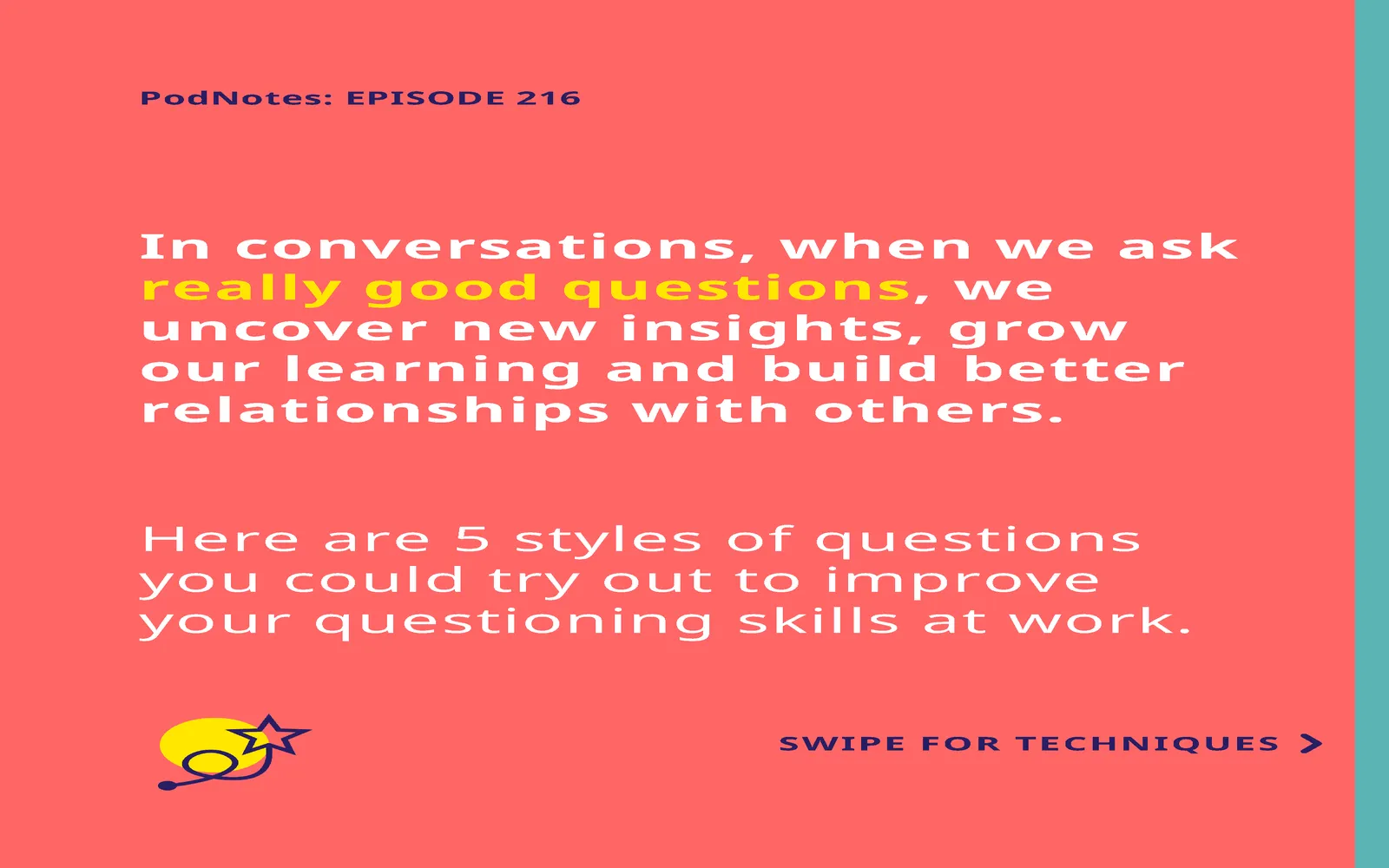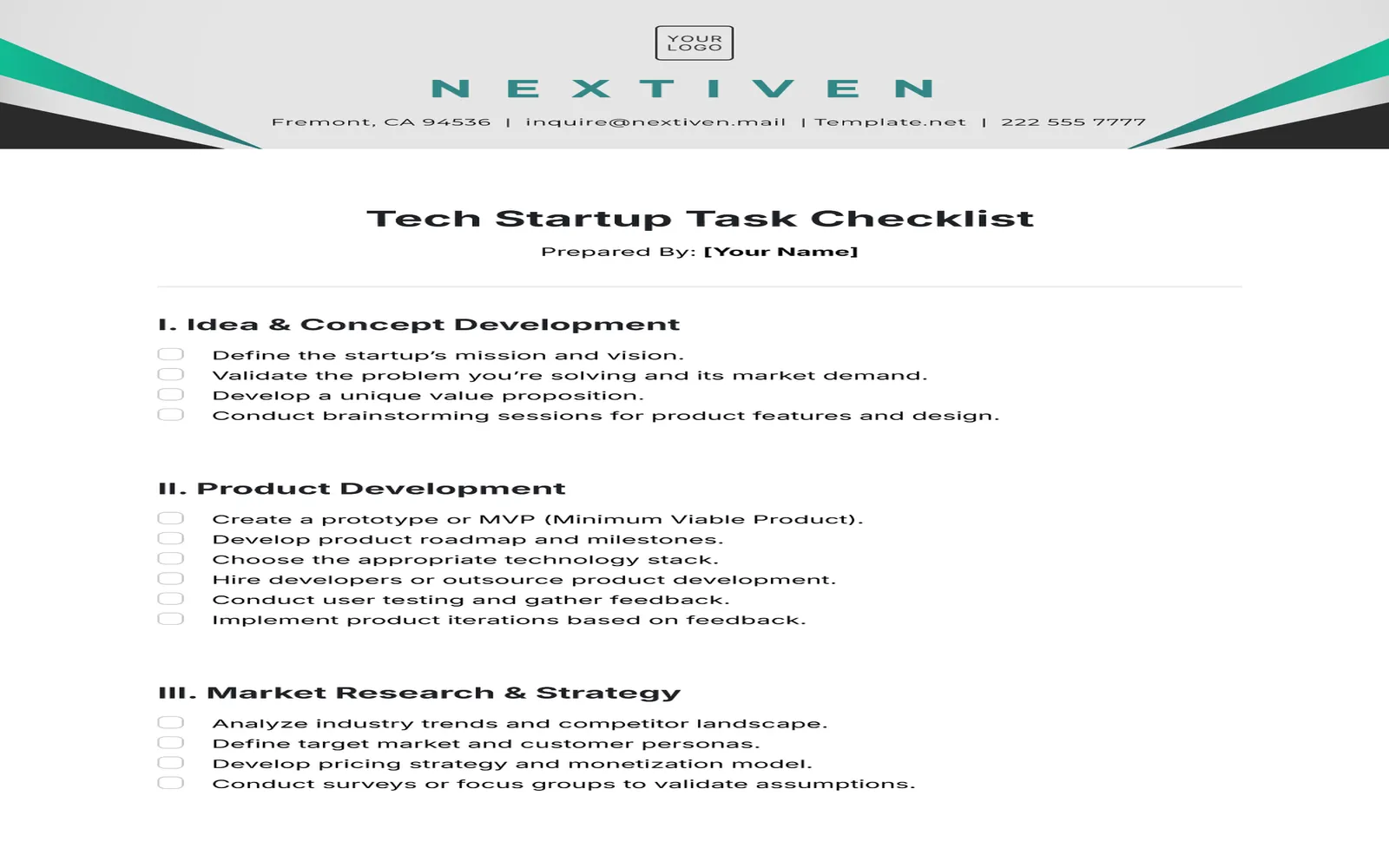Creating a style guide is essential for maintaining consistency in your content, whether it’s for a brand, website, or any other medium. A well-crafted style guide serves as a reference point for all team members, ensuring that everyone adheres to the same standards regarding tone, language, and visual elements. In this article, we’ll explore how to create an effective style guide and share 14 inspiring examples to get your creative juices flowing.
What to Include in Your Style Guide
Your style guide should encompass various elements that reflect your brand’s identity. Here are some key components to consider:
- Brand Overview: Start with a brief overview of your brand’s mission, vision, and values.
- Target Audience: Define your audience to tailor your tone and messaging effectively.
- Voice and Tone: Specify the voice of your brand, including how formal or casual it should be.
- Grammar and Punctuation: Include rules on grammar, punctuation, and style preferences (e.g., Oxford comma usage).
- Formatting Guidelines: Provide instructions on headings, lists, and other formatting elements.
- Color Palette: Outline the colors that represent your brand, including hex codes for digital use.
- Typography: Specify fonts, sizes, and styles for different types of content.
- Imagery: Give guidance on the types of images to use, including style, filters, and sourcing.
- Examples: Provide examples of do’s and don’ts to clarify your guidelines.
14 Style Guide Examples to Inspire You
Here are 14 style guide examples that showcase different approaches and elements, providing inspiration for your own guide:
| Brand | Description |
|---|---|
| Mailchimp | Mailchimp’s style guide is visually appealing, emphasizing the importance of playful language and bright colors that reflect their brand personality. |
| Google’s Material Design guidelines focus on user experience, providing extensive information on design principles and components. | |
| Spotify | Spotify’s brand guidelines highlight their bold typography and vibrant colors, aligning with their music-centric identity. |
| Apple | Apple’s Human Interface Guidelines emphasize simplicity and clarity, showcasing their commitment to user-focused design. |
| IBM | IBM’s Design Language focuses on creating a consistent user experience across their digital products, with clear examples and best practices. |
| Atlassian | Atlassian’s design guidelines center around collaboration, offering a comprehensive overview of their brand identity and user interface elements. |
| Twitter’s style guide focuses on their unique voice, emphasizing concise and engaging content that resonates with their audience. | |
| Slack | Slack’s guidelines highlight their friendly tone and focus on collaboration, with tips for effective communication. |
| Dropbox | Dropbox’s brand guidelines showcase their commitment to simplicity and clarity, providing a clean layout for easy navigation. |
| Netflix | Netflix’s style guide emphasizes visual storytelling, with a focus on imagery and video to engage their audience. |
| Airbnb | Airbnb’s design guidelines emphasize inclusivity and community, reflecting their brand ethos through visuals and language. |
| Microsoft | Microsoft’s design principles focus on a cohesive experience across their products, highlighting accessibility and usability. |
| LinkedIn’s style guide prioritizes professionalism and clarity, offering tips for maintaining a polished tone in communications. | |
| Adobe | Adobe’s brand guidelines focus on creativity and innovation, showcasing vibrant visuals and inspiring language. |
Tips for Creating Your Style Guide
As you embark on creating your style guide, keep these tips in mind:
- Be Clear and Concise: Avoid jargon and keep your guidelines straightforward for easy understanding.
- Use Visuals: Incorporate visuals to enhance understanding and retention of your guidelines.
- Regularly Update: Revisit your style guide periodically to ensure that it remains relevant and reflective of any changes in your brand.
- Get Feedback: Involve your team in the creation process and seek their feedback to improve the guide’s effectiveness.
In conclusion, a well-crafted style guide is a valuable asset for any organization aiming to maintain brand consistency and clarity in communication. By reviewing these examples and implementing the tips provided, you’ll be well on your way to creating a style guide that serves as a reliable resource for your team and enhances your brand’s identity.





